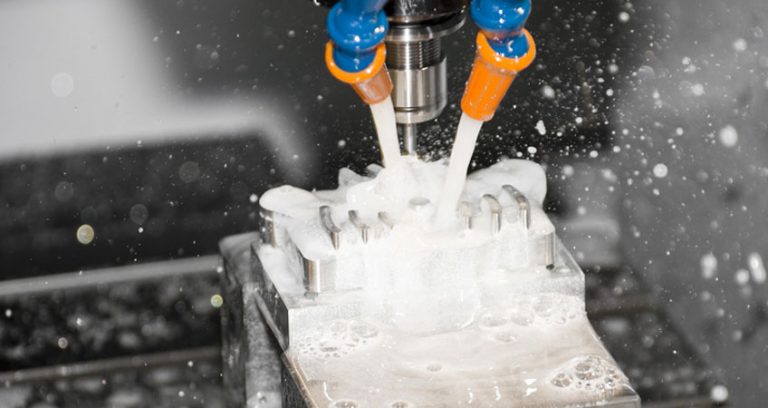The Bill of Materials (BOM) in Product Manufacturing
A bill of materials (BOM) serves as a complete list of all the materials and parts—virtually every item—that a manufacturer needs to create a certain product. To be effective, the BOM needs to include not only the raw materials but also any subassemblies, subcomponents, and parts—and the precise quantities of each.
The exact format for a BOM will vary depending on the nature of the product being manufactured, but it is typical for two distinctly different types of BOM to be associated with each product—one used for the engineering phase when a product is first being developed, and another type of BOM used when the product rolls out to mass production for shipping to customers.
Key Items for a BOM
A good BOM always includes certain essential elements:
- BOM level: Each part or assembly in the BOM must receive a number or ranking that explains where it fits into the BOM hierarchy. This makes it easier for anyone to understand the BOM.
- Part number: The BOM should assign a part number to each item, which allows anyone involved in the manufacturing cycle to reference and identify parts instantly. To avoid confusion, each part must receive only one part number.
- Part name: Each part, material, or assembly should also include a detailed, unique name that allows anyone to identify the part easily without having to reference other sources.
- Phase: Make sure to record the lifecycle stage of each part in the BOM. For example, for parts that are the process of being completed, a term like “In Production” can be used. Other terms, such as “Unreleased” or “In Design” can be used for parts that have not yet been approved. Such terms are especially helpful during new product introductions since they allow progress to be tracked easily.
- Description: A comprehensive, informative description of each material or part must be included. This description helps you and others identify parts and distinguish between similar parts and materials.
- Quantity: The number of each part used in each assembly must be specified in order for the BOM to serve as an accurate purchasing tool.
- Unit of measure: The BOM must specify what unit of measure is being used to quantify the part or material. Terms like “each,” “inches,” “feet,” “ounces,” and similar identifiers of quantity can be used. This information helps ensure that correct quantities are purchased and delivered to assembly lines.
- Procurement type: Each part should be identified as something that is purchased off the shelf or manufactured according to project specifications.
- Reference designators: When a product includes printed circuit board assemblies (PCBAs), the BOM should have reference designators that explain in detail how the part fits on the circuit boards.
- BOM notes: Make sure to include any additional information that is necessary for those who will use the BOM.






